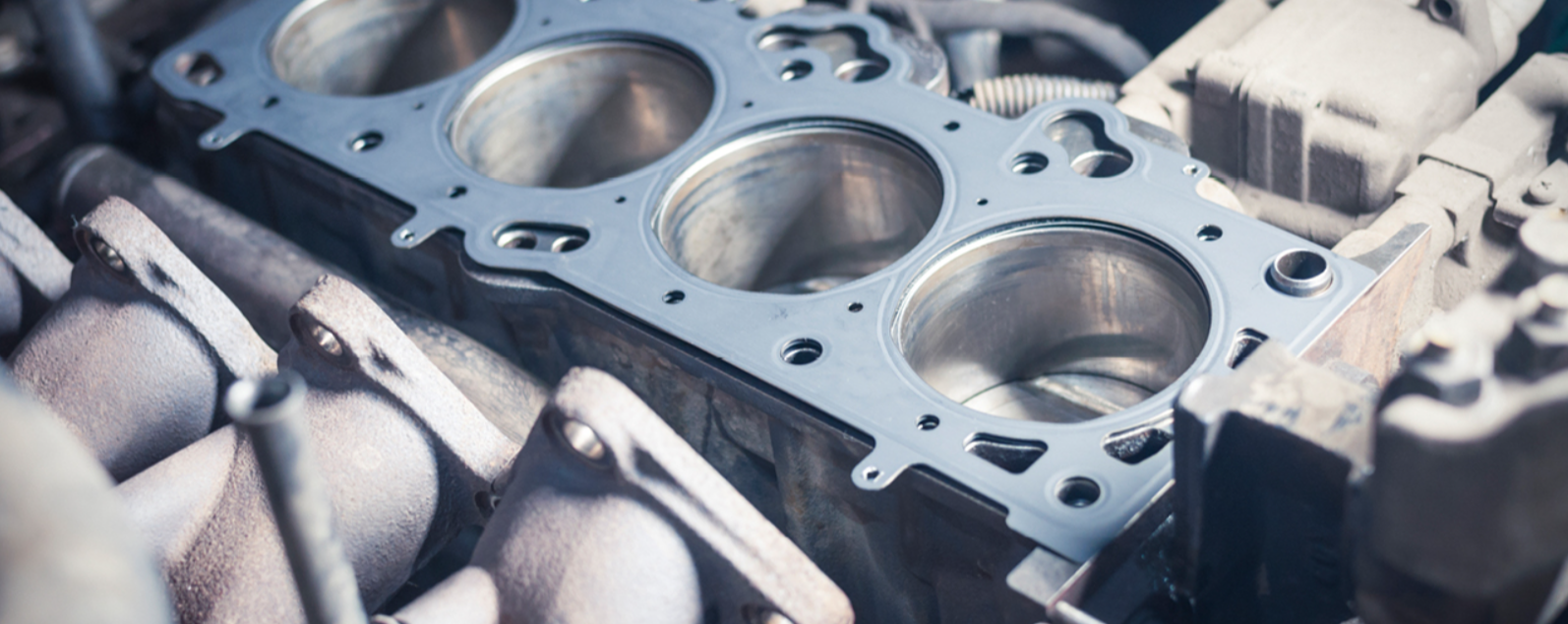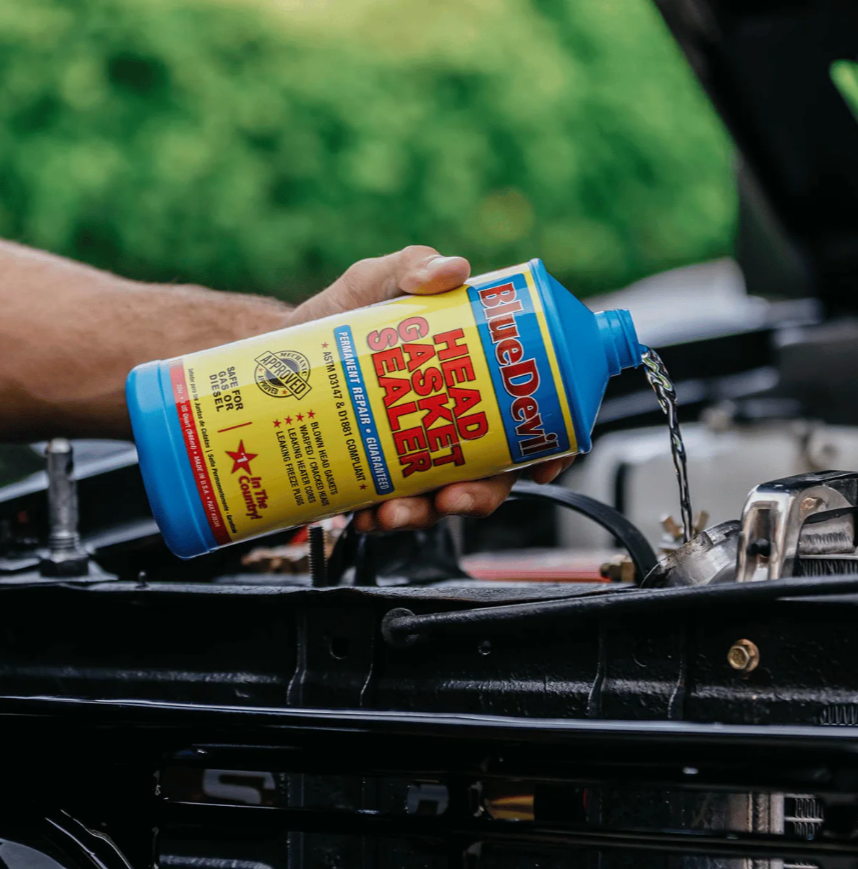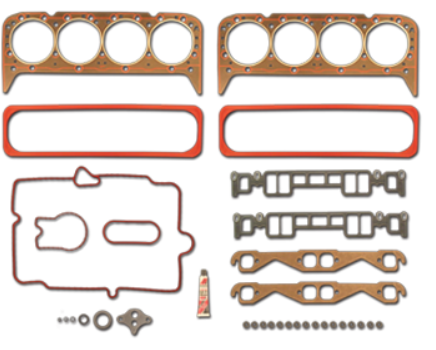Is your engine running hotter than usual, do you see white smoke coming from your exhaust, or has your oil taken on a milky appearance? These symptoms may indicate a blown head gasket, which is a serious concern for any vehicle owner. While the best option is typically to replace a head gasket, this can be expensive. As a result, many drivers choose a head gasket sealer as a more budget-friendly and immediate remedy.
The Importance of the Head Gasket
Significance of the Head Gasket
The head gasket is a vital part positioned between the engine block and the cylinder head. It functions to seal the combustion chamber, ensuring your engine achieves the necessary compression while keeping oil and coolant from mixing. Having a properly functioning head gasket is crucial for optimal engine performance.
Symptoms of Head Gasket Failure
If your head gasket is on the fritz, you may observe several warning signs, such as:
- Overheating engine
- Heavy white smoke emanating from the exhaust
- Coolant depletion without visible leaks
- Engine misfires
- Contaminated oil, characterized by a milky or foam-like appearance
These indicators could reflect various levels of gasket damage, making head gasket sealers an attractive temporary fix.
How Head Gasket Sealers Work
Types of Head Gasket Sealers
Head gasket sealers mainly fall into two categories:
- Sodium Silicate Sealers – Commonly referred to as “liquid glass,” these products solidify under high temperatures to create a b seal.
- Particle-Based Sealers – These involve particles and fibers that combine to fill in and seal minor leaks.
Some advanced sealers incorporate both techniques for enhanced performance.
How to Apply the Sealer
Head gasket sealers are added to your cooling system and activated by engine heat. As the coolant circulates, the sealer moves to the leak sites, solidifying when it makes contact with air, effectively sealing up cracks or holes.
Pros and Cons of Using Head Gasket Sealers
Benefits
- Cost-Effective: Much cheaper than a complete gasket replacement.
- Easy to Use: Simple application process, suitable for even novice mechanics.
- Quick Results: Many sealers can yield results in just a few minutes.
- Ideal for Minor Issues: Particularly effective for small, early-stage leaks.
Possible Drawbacks
- Temporary Solution: It may postpone the necessary full repair that will eventually be required.
- Clogging Risk: Excessive use might lead to blockages within narrow cooling passages.
- Compatibility Issues: Not all high-performance engines react positively to these products.
When to Consider Head Gasket Sealers
Suitable Scenarios
You might find head gasket sealers useful if:
- You have a recent, minor gasket leak.
- You’re seeking a short-term remedy until you can afford professional repairs.
- Your vehicle is older, where a complete gasket replacement may not be justifiable.
When to Avoid Sealers
It’s wise to steer clear of sealers if:
- There is significant gasket damage.
- Your engine is persistently overheating or won’t start.
- There are visible leaks of coolant from the outside.
In such cases, professional intervention is essential for a dependable repair.
Step-by-Step Guide to Applying Head Gasket Sealer
Preparing Your Vehicle
- Ensure that the engine has cooled down completely.
- Carefully remove the radiator cap.
- Optionally, drain some coolant to allow room for the sealer.
Application Steps
- Shake the sealer container well.
- Pour the specified amount into the radiator or the coolant reservoir.
- Start your engine and let it idle as per the product’s instructions (typically 15–30 minutes).
- Keep a close watch on the temperature gauge.
- Allow the engine to cool before adding any more coolant.
- Always adhere strictly to the manufacturer’s directions.
Alternatives to Head Gasket Sealers
Professional Repairs
For a long-term resolution, consider getting:
- A complete head gasket replacement.
- Cylinder head resurfacing.
- Radiator and entire cooling system service.
While these solutions tend to be more expensive, they offer a lasting fix.
Ongoing Engine Maintenance Tips
- Regularly check coolant levels and maintain them appropriately.
- Replace the radiator cap if you notice any signs of wear.
- Always opt for the correct coolant type recommended for your vehicle.
Top Recommended Head Gasket Sealers of 2025
Several products have received positive feedback from users, including:
- BlueDevil Head Gasket Sealer – Renowned for its effectiveness and ease of application.
- Bar’s Leaks HG-1 – Offers dual-action sealing, compatible with multiple antifreeze varieties.
- K-Seal – A versatile option suitable for multiple engine types.
Pricing and Performance Overview
Prices typically range from $10 to $60. Success largely hinges on meticulous adherence to usage instructions and the leak’s severity. While some users note prolonged effectiveness, others may view it as a short-term remedy.
Conclusion
A head gasket sealer can serve as a valuable temporary solution during sudden engine troubles. Though it’s not a permanent fix, it can extend your engine’s life and give you time to plan for a professional repair. When applied properly and judiciously, a head gasket sealer can become an essential aspect of your vehicle maintenance toolkit.










